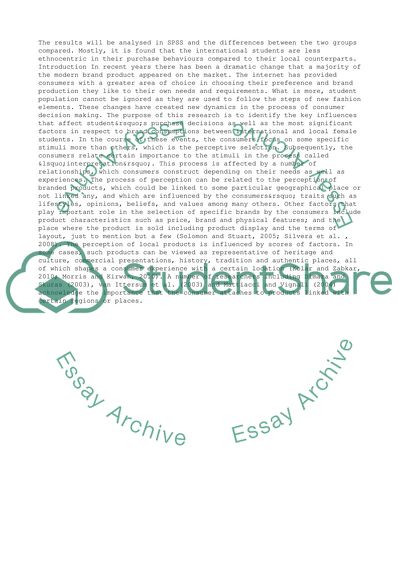Cite this document
(“Evaluation Methodology Basics: The Details of Sound Evaluation Essay”, n.d.)
Evaluation Methodology Basics: The Details of Sound Evaluation Essay. Retrieved from https://studentshare.org/business/1403634-research-method-for-business
Evaluation Methodology Basics: The Details of Sound Evaluation Essay. Retrieved from https://studentshare.org/business/1403634-research-method-for-business
(Evaluation Methodology Basics: The Details of Sound Evaluation Essay)
Evaluation Methodology Basics: The Details of Sound Evaluation Essay. https://studentshare.org/business/1403634-research-method-for-business.
Evaluation Methodology Basics: The Details of Sound Evaluation Essay. https://studentshare.org/business/1403634-research-method-for-business.
“Evaluation Methodology Basics: The Details of Sound Evaluation Essay”, n.d. https://studentshare.org/business/1403634-research-method-for-business.


